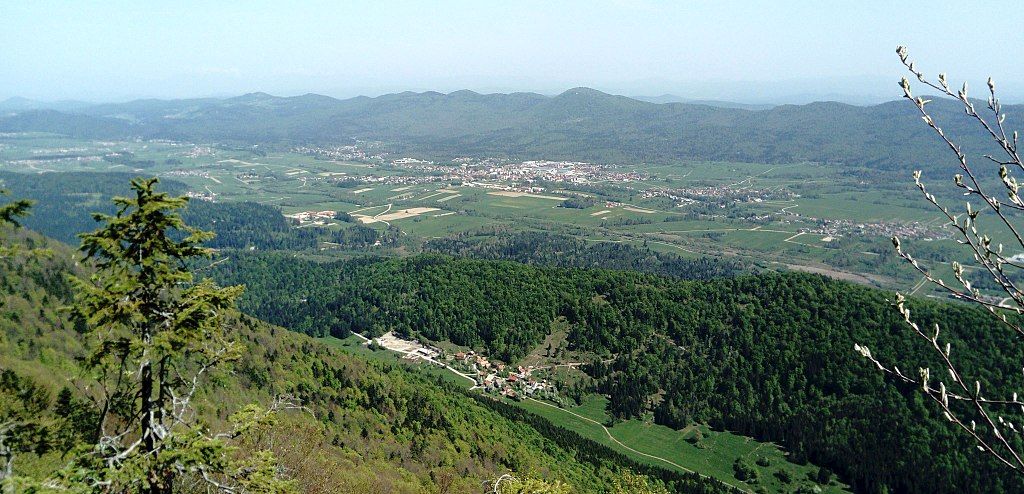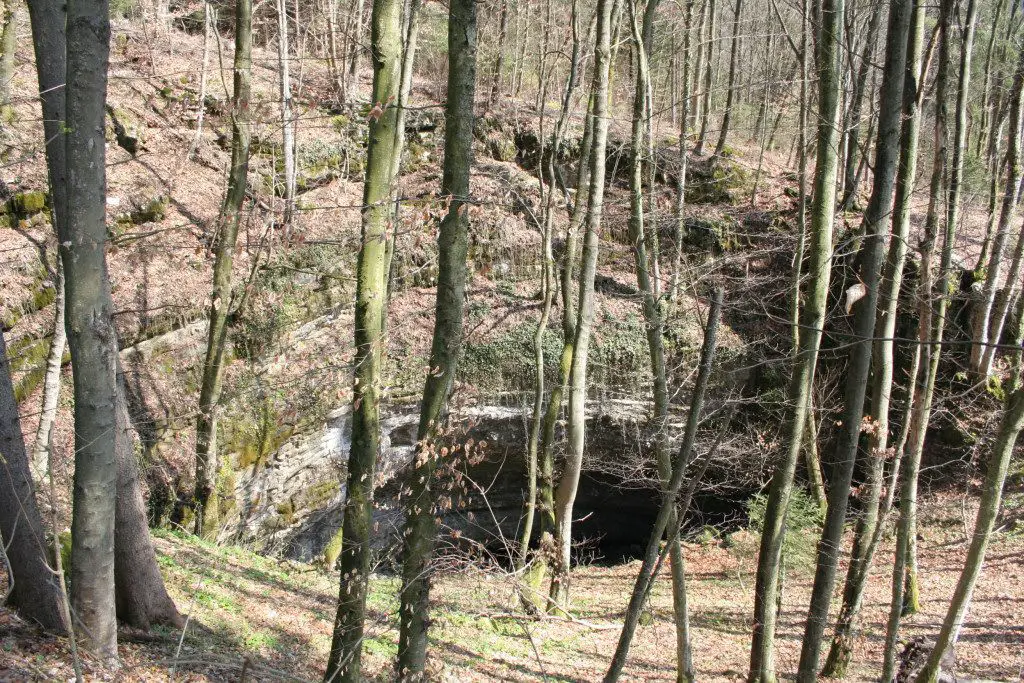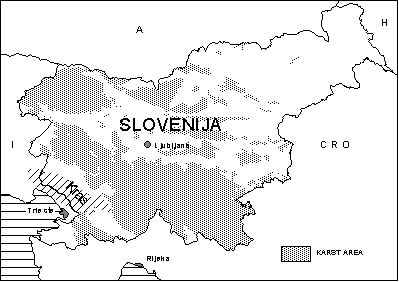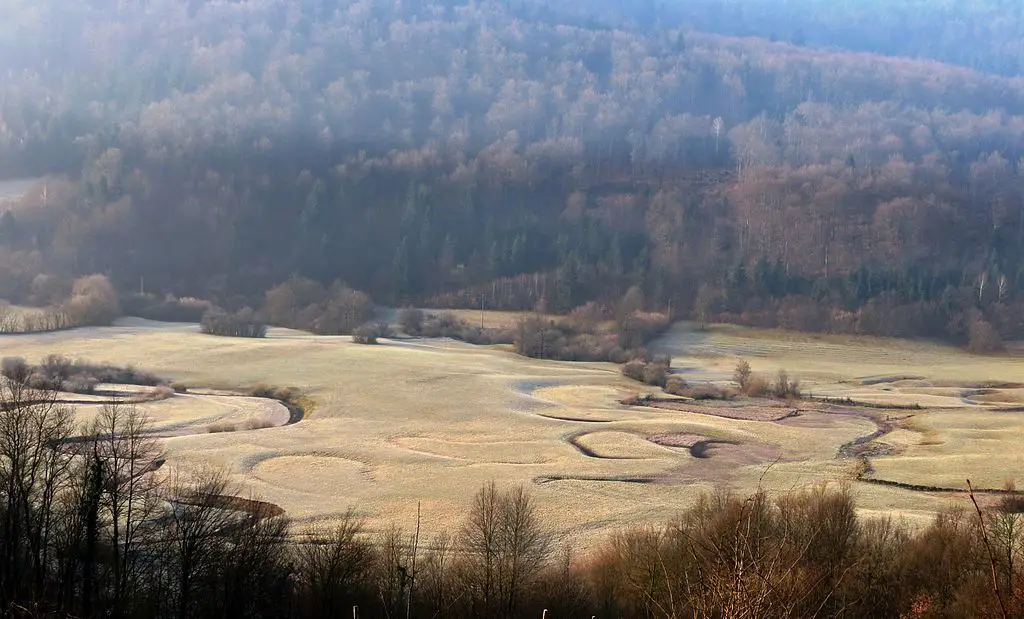Slovenian Karst in line for world recognition
The compact yet varied topography of Slovenia holds many wonders, a fact the tourism industry has long thrived on. Soon another of its geographic features could be in the spotlight, as the Classical Karst region is being nominated to join UNESCO’s Natural Heritage list. As noted by the STA, a report on the area between the Ljubljana Marshes and the Bay of Trieste has been submitted by the government to UNESCO, with the project being led by Park Škocjanske Jame, the operator of the Škocjan Cave system that is already part of the organisation’s World Heritage list, along with the Slovenia’s ancient and primeval beech forests, prehistoric pile dwellings, and mercury mines.
The Ponikve Karst Field in Dolenja Brezovica, Municipality of Brezovica, Slovenia. Photo: Wikimedia - DOREMO - CC-by-4.0

The Ribnica Valley or the Ribnica Field, a karst lowland in southern Slovenia Photo: Wikimedia - Eleassar CC-by-4.0

Udornica or collapse doline in Slovenian karst on Radensko polje near Grosuplje. Photo: Wikimedia, Tcie CC-by-4.0.jpg
A look at the original submission, made by the Permanent Delegation of Slovenia to UNESCO two years ago, goes into some detail as to why the Classic Karst (Klasicni kras) deserves greater recognition and protection.

Geographical position of Kras. Map: lter.zrc-sazu.si
For one, karst is the most widespread landscape type in Slovenia, covering around 6,400 km2or 27% of the territory, stretching from the Ljubljana Marsh (Ljubljansko barje) to the Bay of Trieste, and holding roughly 6,000 known and explored caves. These include massive systems like Postojna Cave (Postojnska jama) and the Skocjan Caves (Skocjanske jame), which have been attracting explorers and tourists since the 17th century.
Enough to render Slavoj Žižek speechless
But it’s not just the natural beauty of the rock forms or the wonder of the subterranean vistas that mark the karst region as a treasure worth preserving for future generations. It’s also one of the richest areas in Europe with regard to flora and fauna, and one recognised as a hotpot of biodiversity, with much more to this than such iconic animals as the proteus, aka “human fish”. It’s also an area with a long history of human habitation, with the earliest artefacts found so far being from the Palaeolithic.
The area has thus attracted researchers from various fields, and played an important role in the the history of research into karst and karst phenomena, also known as karstology and speleology, respectively, with such efforts being led in Slovenia by the Karst Research Institute (lnstitut za raziskovanje krasa), based in Postojna.
A more conventional video promoting Karst tourism
The submission to UNESCO goes on note five areas in particular that are of “outstanding universal value”: the Kras (Kras), the Podgrad lowland (Podrgrajsko podolje), the Postojna Karst (Postojnski kras) and the Poljes of the Classical Karst with the Rakov Skocjan valley (Kraska polja z Rakovim Skocjanom), with more details available in the document.
If you’re curious about making a day trip to the karst from Ljubljana, then consider Postojna or Predjama, with the latter having the added attraction of a castle build into the caves. If you’d like to read more about “Castles, caves and the birth of karstology”, then you can do that here.







